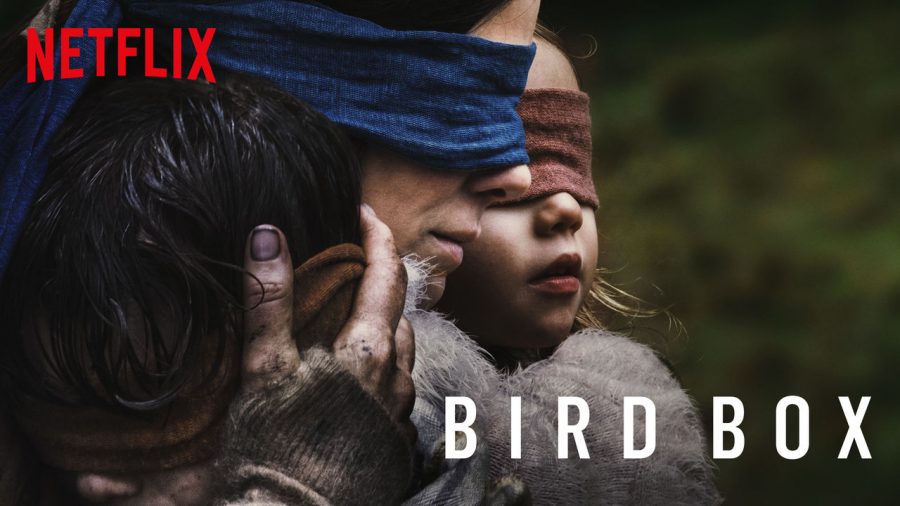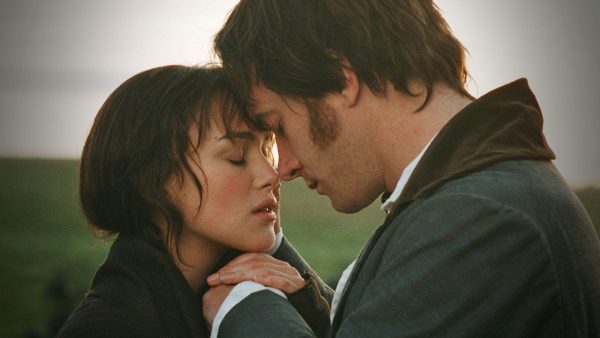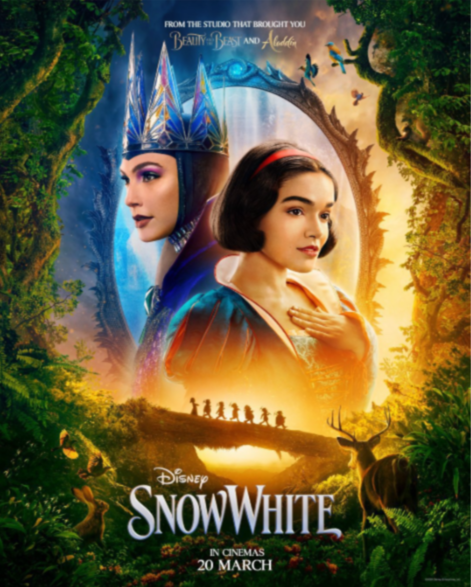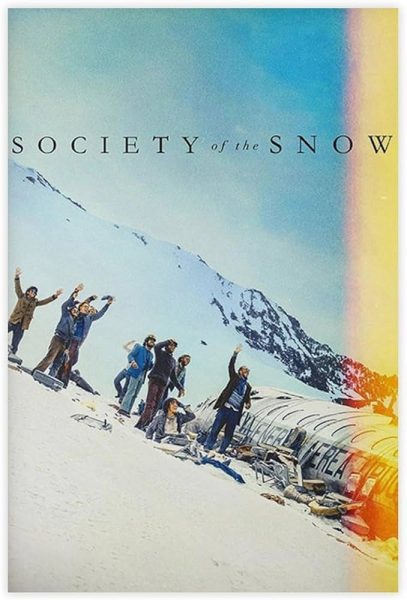Bird Box: Setting Trends
Netflix Originals has struck once again: this time with its new movie Bird Box. Within a week the film became one of the most viewed films on the platform, and has received both praise and backlash from the public. Based off a 2014 novel by Josh Malerman, Bird Box takes place in a post-apocalyptic world where an unknown force causes those that see it to go insane and kill themselves. In a search for safety and hope, Malorie Hayes travels with her two children through forests and down a river toward a safehouse, and is forced to make the whole trip blindfolded to ensure her family’s survival.
Despite many initial negative responses, Bird Box is an enjoyable film. It’s more of a psychological thriller than flat-out horror, but possesses many of those Stephen King qualities that keep watchers on the edge of their seats. The film combines rudimentary violence, drama, and a dash of romance, all with an overarching action/adventure mood.
The best feature of this film is its characters, who are all multidimensional and relatable to audiences. Malorie, played by Sandra Bullock, initially struggles with the idea of parenthood and being a mother, but she is willing to sacrifice anything, even herself, to ensure the survival of her children. She is also ferocious and willing to take risks, but shows her emotion and ability to care for others. Along with Malorie are survivors Tom, Douglas, Olympia, and others. Tom provides comfort and strength for Malorie, and pregnant Olympia serves as her companion. Survivalist Douglas raises the question of whether or not it’s worth it to save the lives of others during an apocalypse, or whether one should only care for themselves. Together, the cast portrays the difficulties of surviving with others and the dangers that mass-scale terror and an apocalyptic situation have on mankind.
One of the key aspects of Bird Box is time. The film continually cuts between the present, when Malorie and her kids are travelling blindly towards a safehouse, and the past. These flashbacks relate the nature of Malorie’s background and show how each character was personally affected by the apocalyptic situation. One thing that isn’t explained in the movie, however, is the nature of the apocalypse itself. While it’s clear that some mysterious force is causing the end of mankind, the audience never learns what this creature is, where it came from, or what it looks like, among other things. This unanswered question remains at the end of the movie: what was it that caused such mass amounts of terror and suicide? Instead of answering this, the film focuses solely on human reaction to the apocalypse and the human instinct to survive.
What seemed to capture the attention of a lot of viewers was simply how memeable the movie was. After it was first released, social media and the Internet exploded with Bird Box memes and the “Bird Box Challenge”, in which participants wear blindfolds and attempt to go around and complete their everyday tasks, including driving. Despite Netflix speaking out and warning against the challenge, it continues to trend and is the cause of many car accidents.
The film has also received major backlash from some of its footage of a real-life train crash. The train in question crashed in Lac-Megantic, Quebec, and killed 47 people, and to date is one of Canada’s worst railway disasters. The Quebec government asked Netflix to remove the footage, as it could trigger PTSD for victims or victims’ families and is viewed as simply disrespectful to those who were involved. Netflix refused to cut the footage.
While Bird Box is certainly an entertaining, albeit controversial, movie, the question remains if the film really lives up to all its hype and publicity. Is this film really popular because of its content, or simply because of people’s reaction to it? Either way, there’s no doubt that Netflix will take its success as a sign to continue producing their own original movies and shows.









